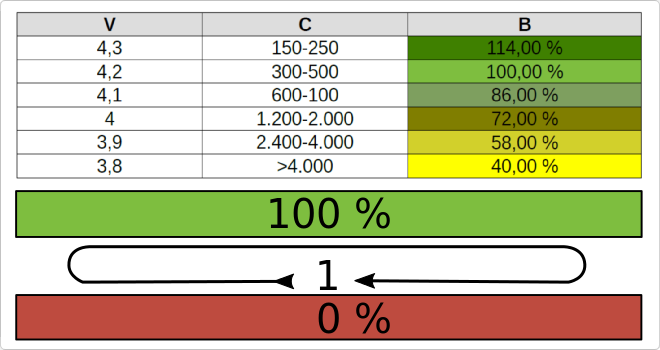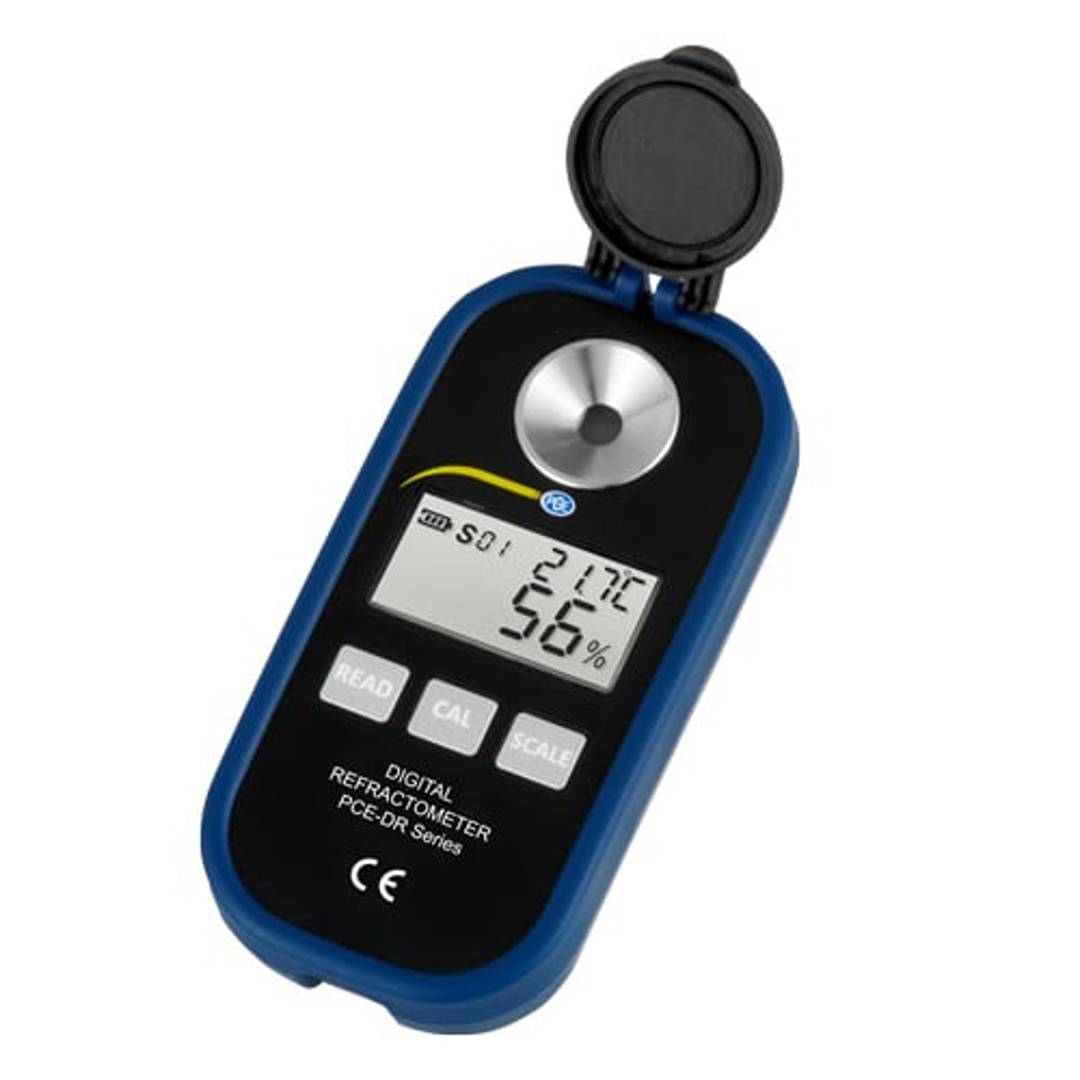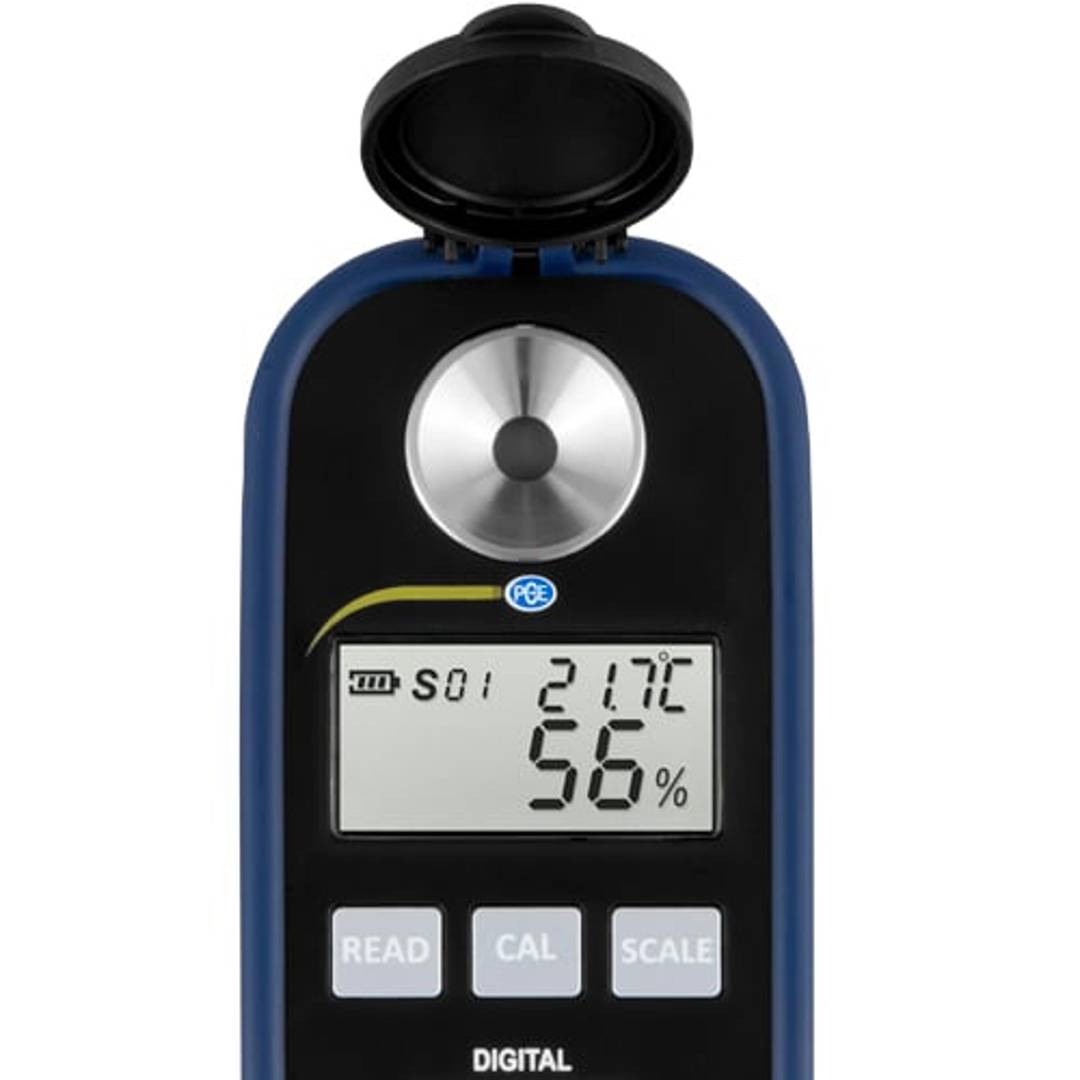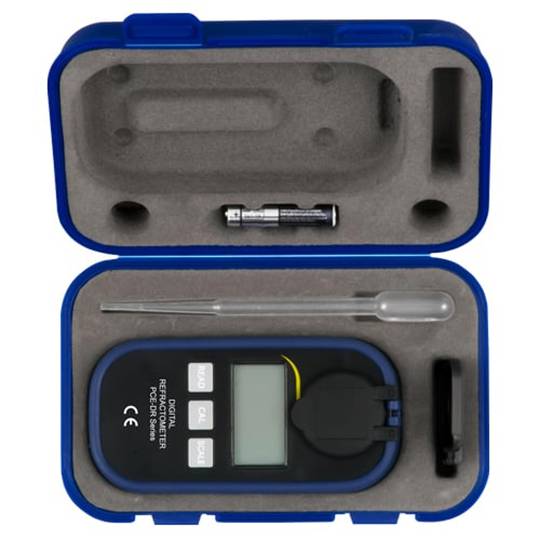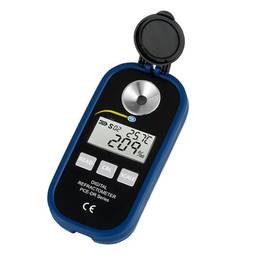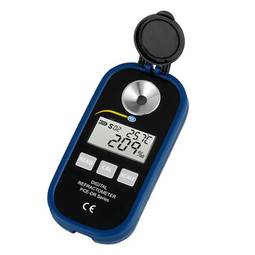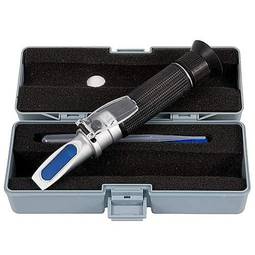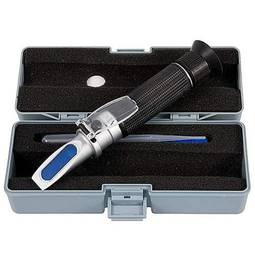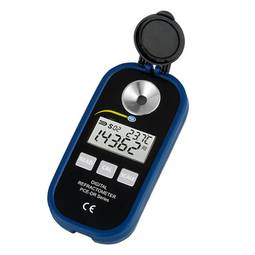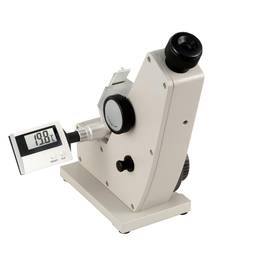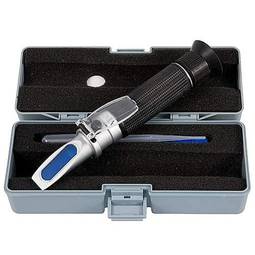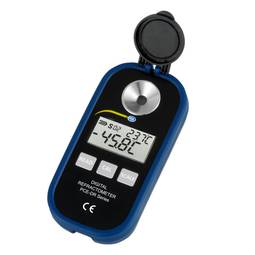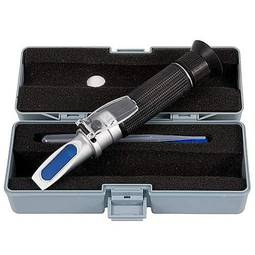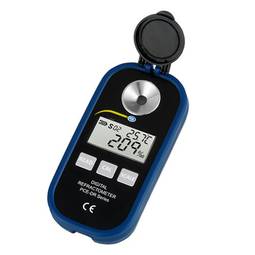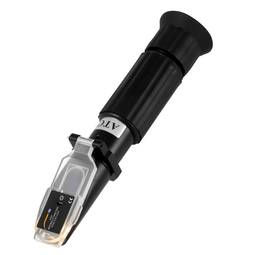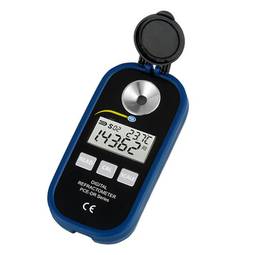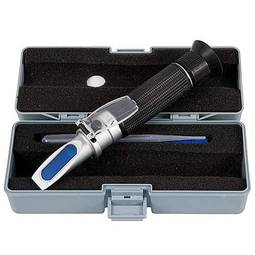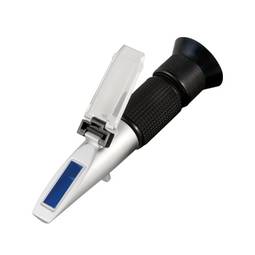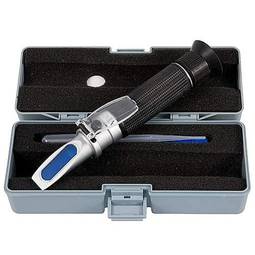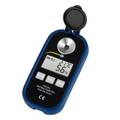12/26/2025 4:12 p.m.
https://cablematic.com/en/products/pce-drs-2-salinity-refractometer-PC486/
https://cablematic.com/en/products/pce-drs-2-salinity-refractometer-PC486/
PCE-DRS 2 salinity refractometer
REF: PC486
Specifications
- Chloride content.
- It works with a small amount of sample.
- Internal light source to avoid measurement errors.
- Large, easy-to-read LCD display.
- Automatic temperature compensation 10…40 ºC.
PVP
€363.92
Price including VAT:
€363.92
PVD
€341.25
PVP: Retail price.
Check conditions.
PVP: Sale price to distributors.
Check conditions.
6 business days
The delivery times are approximate and may vary depending on the selected carrier.
warranty
returns
safe
Specifications
- Chloride content.
- It works with a small amount of sample.
- Internal light source to avoid measurement errors.
- Large, easy-to-read LCD display.
- Automatic temperature compensation 10…40 ºC.
More info
The salinity refractometer is a precision optical measuring device used to determine the salt content, specific gravity, refractive index, and chloride content of aqueous solutions. It is designed to be waterproof so the user can use it with complete confidence. It is equipped with a large and easy-to-read LCD screen, an internal light source to avoid measurement errors, a glass prism to measure the salt content, a stainless steel sample holder to deposit a few drops of the liquid to be measured. and a calibration key to adjust the device. These features allow the user to make accurate and fast measurements anytime, anywhere. The salinity refractometer is also equipped with an automatic shutdown function to increase battery life. It is very easy to use, so it can be used for many food production processes, in clinical laboratories, in research and also for hobbyists. Manufactured by PCE, with reference PCE-DRS 2.
Specifications
- Chloride content.
- It works with a small amount of sample.
- Internal light source to avoid measurement errors.
- Large, easy-to-read LCD display.
- Automatic temperature compensation 10…40 ºC.
- Select different units: salinity, chlorine content, specific gravity and refractive index.
- Ideal for liquid food or aquariums.
- Integrated temperature sensor.
- Stainless steel sample holder.
- Glass prism to measure salt content.
- Plastic cover for the glass prism.
- Three keys for easy operation.
- Automatic disconnection function.
- Quick and easy calibration.
- Scope of application: food industry, tramways, aquariums, clinical laboratories, etc.
- Gross Weight: 353 g
- Number of packages: 1
Technical terms
- Battery charging cycles
Battery charging cycles
When calculating the life of a battery it will be necessary to know the number of charge cycles that can be performed until the battery does not begin to lose its capacity.
Depending on the type of battery these charging cycles can vary, the most common being the mobile batteries, manufactured Li-Ion or Li-Po, which have a duration of between 300 and 500 charging cycles according to model and manufacturer.
Once thisE limit we will notice how the battery loses duration of operation, arriving to lose up to 25% of its capacity of load.
At this point it will be necessary to evaluate a battery change.
It should be noted that usage and charging habits can significantly affect battery life. For example, factors such as heat, charge the battery several times a day without it is almost exhausted, etc. Will be affectedits duration.
Therefore, to get the most out of the battery we must know when a full charge cycle is performed, and try to avoid misuse of charge, to increase its useful life.
A charging cycle is considered when the battery has been discharged or its 100% charge has been used.
The manufacturers advise that the charge is never made below the 58% battery, since the battery voltage would not fall so lowTo, so you could end up winning up to 4000 charge cycles.
Tips to increase the life of a battery.
Depending on the type of battery these charging cycles can vary, the most common being the mobile batteries, manufactured Li-Ion or Li-Po, which have a duration of between 300 and 500 charging cycles according to model and manufacturer.
Once thisE limit we will notice how the battery loses duration of operation, arriving to lose up to 25% of its capacity of load.
At this point it will be necessary to evaluate a battery change.
It should be noted that usage and charging habits can significantly affect battery life. For example, factors such as heat, charge the battery several times a day without it is almost exhausted, etc. Will be affectedits duration.
Therefore, to get the most out of the battery we must know when a full charge cycle is performed, and try to avoid misuse of charge, to increase its useful life.
A charging cycle is considered when the battery has been discharged or its 100% charge has been used.
The manufacturers advise that the charge is never made below the 58% battery, since the battery voltage would not fall so lowTo, so you could end up winning up to 4000 charge cycles.
Tips to increase the life of a battery.
- Avoid extreme heat or cold or very long applications of the device.
- Charge the battery as often as you can.
- Fully discharge the battery from time to time.
- Do not let the battery run out completely before charging.
